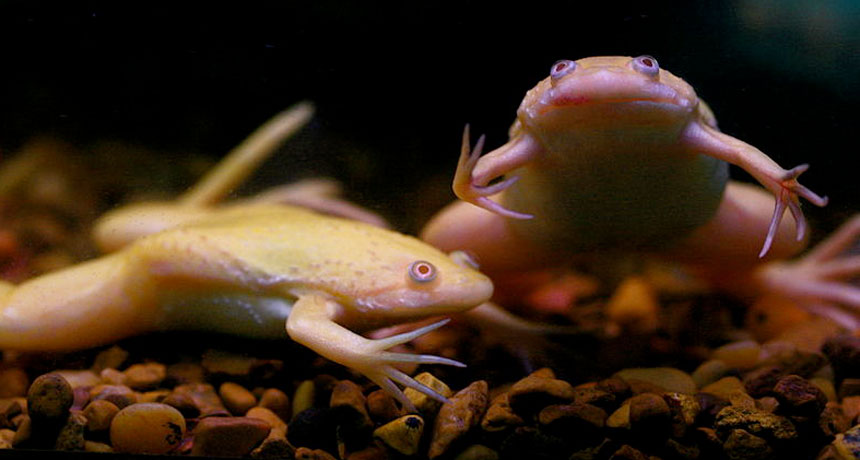Questions for ‘Finding new uses for nature’s poisons’

The skin of these African clawed frogs contains germ-killing chemicals that help them heal, even when their water is not sterile.
Muffet/Wikimedia Commons (CC-BY 2.0)

The skin of these African clawed frogs contains germ-killing chemicals that help them heal, even when their water is not sterile.
Muffet/Wikimedia Commons (CC-BY 2.0)